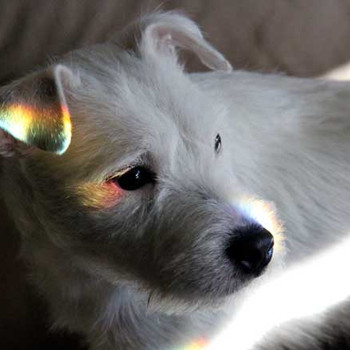Given the following, how many g of calcium chloride will be produced when 28.0 g of calcium carbonate are combined with 12.0 g of hydrochloric acid? Which reactant is in excess and how many g of this reactant will remain after the reaction is complete?
When calcium carbonate is added to hydrochloric acid, calcium chloride, carbon dioxide, and water are produced.
When calcium carbonate is added to hydrochloric acid, calcium chloride, carbon dioxide, and water are produced.
1 Answer
The amount of
Explanation:
Write a balanced equation.
Use the balanced equation to determine the mole ratios between
Calcium carbonate and calcium chloride.
Hydrochloric acid and calcium chloride.
Calcium carbonate and hydrochloric acid.
Determine the moles of each reactant by dividing the given masses by their molar masses.
Determine the mass of
Calcium carbonate
Hydrochloric acid
Since hydrochloric acid yields less calcium chloride than calcium carbonate, it is the limiting reactant .
Calcium carbonate is the excess reactant .
Determine the mass of
To determine the mass of

